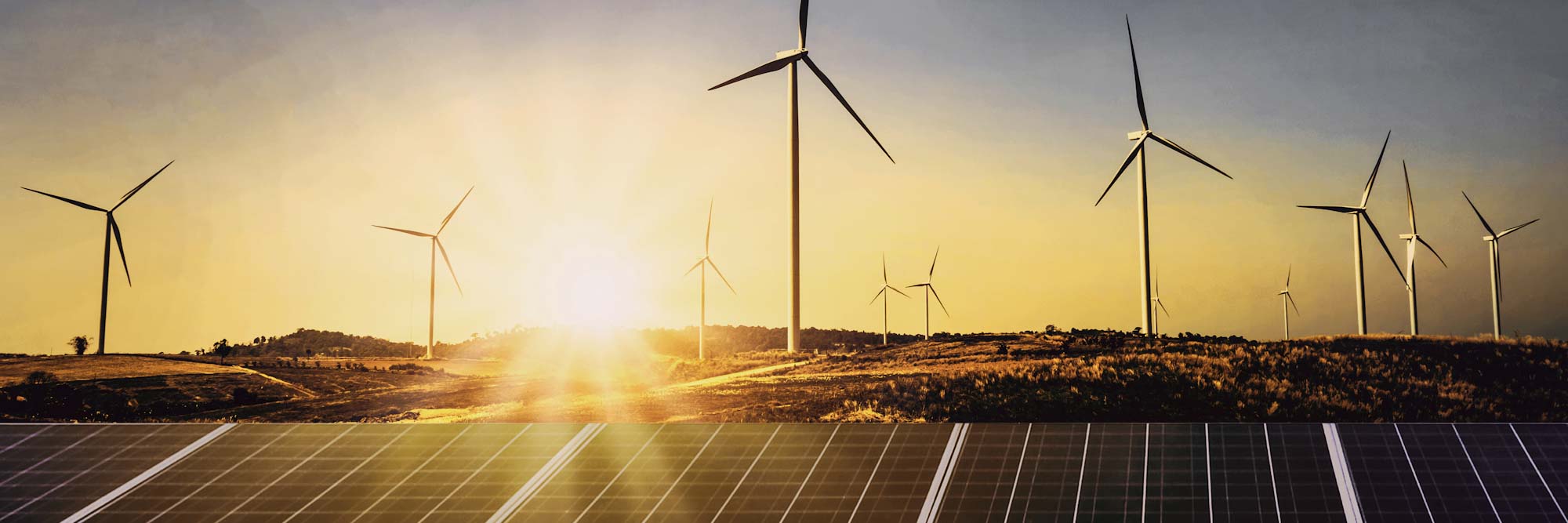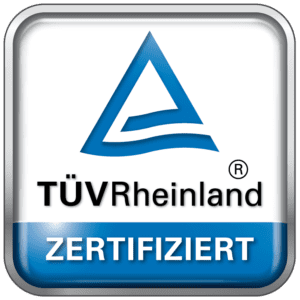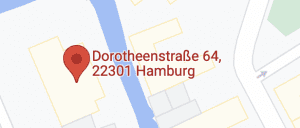Project Reference
Project NEW 4.0 successfully completed
PONTON and project partners have successfully completed 4 years of research within the NEW 4.0 project
Status Quo: ineffective use of renewable energy sources
The continuous expansion of renewable energy resources leads to the transmission and distribution grids regularly reaching their capacity limits. This causes increased grid congestions, especially in the northern regions of Germany, which are characterized by a high share of production capacity from wind turbines. To remedy such local grid congestion and maintain grid stability, several measures like re-dispatching or curtailment must be performed by the responsible grid operators. Consequently, valuable capacity from renewable energies remains unused, whereas conventional power plants are ramped-up to counteract the grid congestions – all at the cost of the taxpayer.
Co-ordinating production and load to avoid grid congestions
Aiming to increasingly use renewable energies, PONTON has developed a platform for coordinating local flexibilities – the Energy Platform (in German: “Energieplattform”). Flexibility is the ability of producers or consumers of power to adjust their production or consumption to help mitigate grid congestions.
Within the Energy Platform, blockchain technology is used as a shared communication layer between stakeholders acting in different roles. Using blockchain technology especially ensures fair and decentralized trading among these market participants. All in all, it is expected that by incentivizing flexibility and enabling a market-based coordination of production and consumption, congestion management can be much more effective and efficient than it is today.
PONTON’s Enerchain platform is used for fast local intraday markets
Under NEW 4.0, PONTON developed the Energy Platform, which enables fast local intraday trading of flexibilities and can be used by market participants for short-term balancing. For the Energy Platform, PONTON has extended the Enerchain© platform so that not only wholesale energy products can be traded but also local flexibility.
The Energy Platform provides an open API. This makes it possible for technology partners such as HAMBURG ENERGIE to develop control adapter, which allows to control connected power plants and consumers in real time based on trades executed on the platform. Furthermore, integrating a third-party payment solution allows to financially settle OTC trades of local power in an instant.
Field test: Steel and aluminum producers locally balance their consumption
One of the outcomes of NEW 4.0 was real industrial players using the Energy Platform to avoid imbalances in the local grid: The steel producer ArcelorMittal ramps up power consumption by up to 70 MW to melt the metal. This happens several times per day, however, the process does not allow to exactly forecast when consumption is ramped up and down again. Consequentially, there are 5-10 minutes slots in which consumption has been nominated to the grid operator but does not take place. The resulting imbalance fee, paid to the grid operator, is considered as “cost of business”.
However, by using the Energy Platform, ArcelorMittal could sell a short slot of power to the neighboring industry. In the role of a buyer, the aluminum producer Trimet is able to provide flexibility of 10-20 MW in the very short term. One of the NEW 4.0 field tests has shown how this unused power was actually traded on the marketplace and immediately transferred from one participant to the other. This leads to a win-win-win situation: ArcelorMittal could avoid imbalance fees, Trimet could procure power at lower energy cost and the grid operator could avoid longer lasting load deviations in the grid.
As an integrated market-based system, the Energy Platform can facilitate the synchronization of fluctuating production and consumption and forms part the emerging new “nervous system of the energy transition”. It enables the interaction of large industrial loads, storage facilities, hydrogen and heat generators as well as thousands of small producers and consumers of electricity. Those use cases were also proven viable with dedicated field tests.
NEW 4.0 has amongst others shown that local electricity trading can contribute to the success of the energy transition and that a market-based solution is able to efficiently coordinate flexibilities. The experience from NEW 4.0 also shows that numerous necessary and technically mature solutions require further standardization of business processes, interfaces and data exchange protocols.
Learn more about the project activities, the model region, project results and next steps in the final Report (Download final report).
NEW = Norddeutsche EnergieWende (Northern German Energy Transition)












